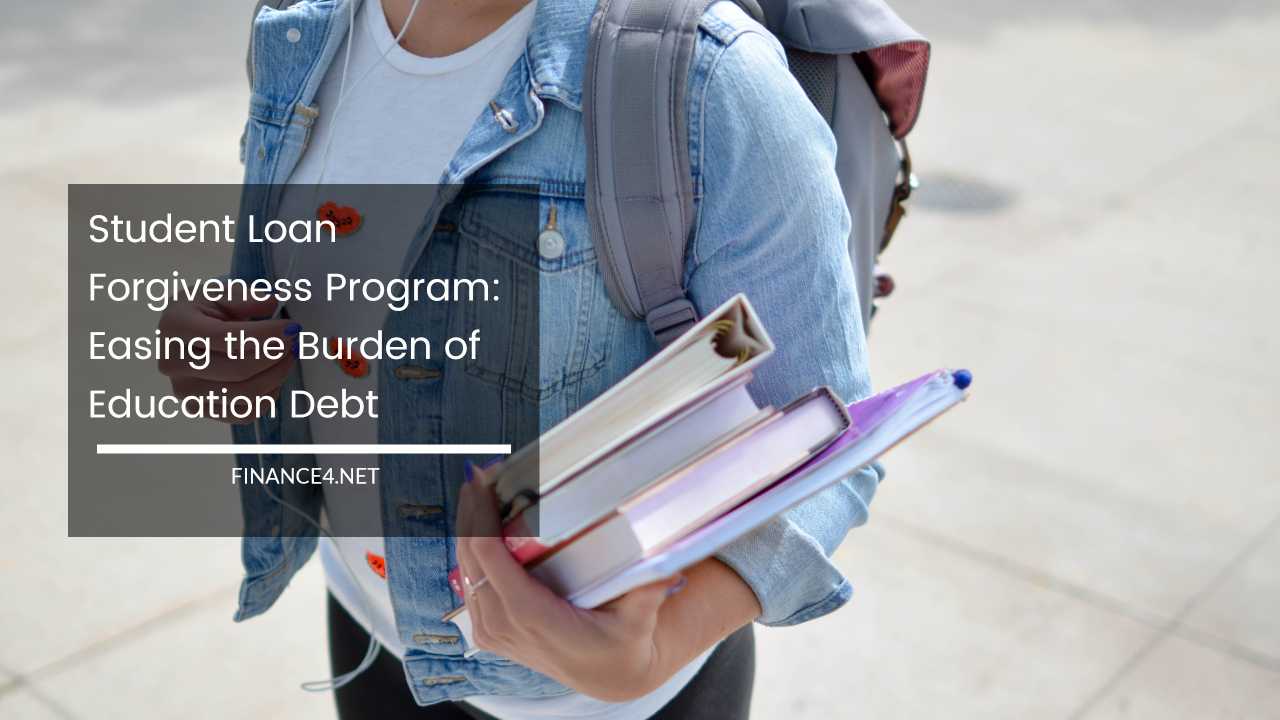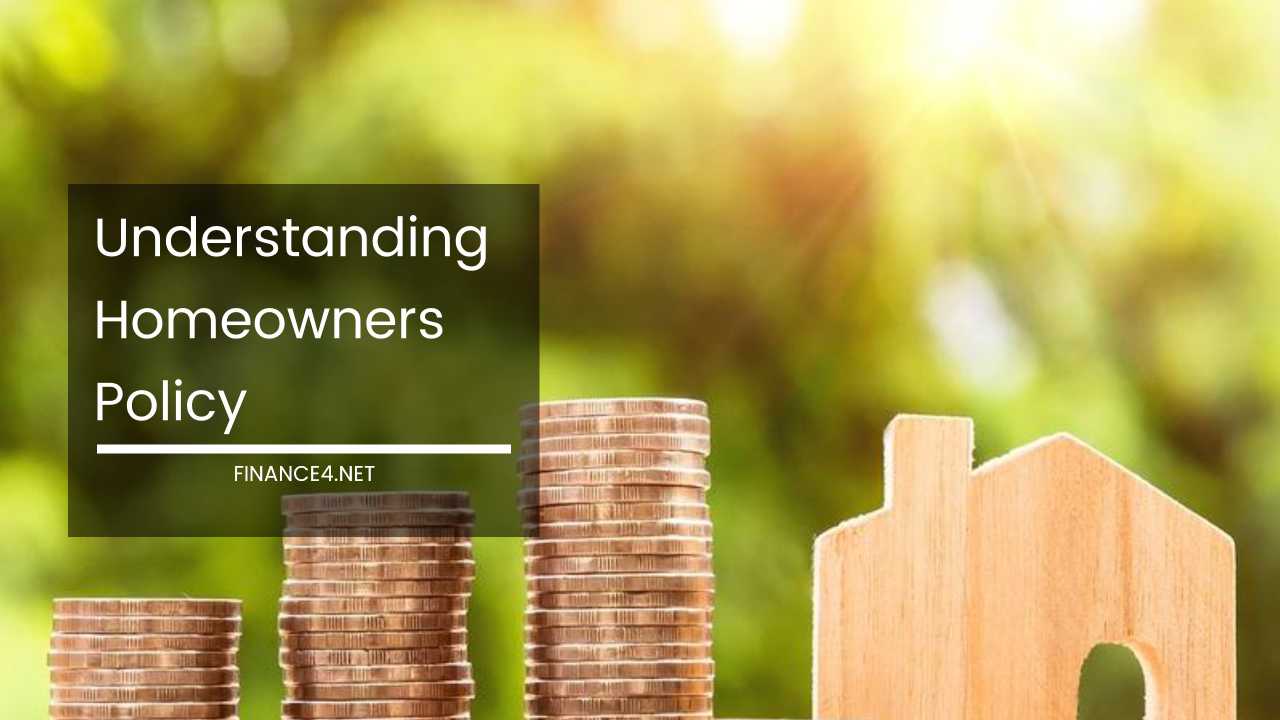Student Loan Forgiveness Program: Easing the Burden of Education Debt

Student Loan Forgiveness Program
As the cost of higher education continues to rise, many students graduate burdened with substantial student loan debt.
The weight of these loans can be overwhelming, hindering graduates from achieving their financial goals and impacting their overall quality of life.
To alleviate this financial strain, several student loan forgiveness programs have been established to help borrowers manage and, in some cases, eliminate their education debt.
In this article, we will delve into student loan forgiveness programs, how they work, and the eligibility criteria for borrowers seeking relief.
What is Student Loan Forgiveness?
Student loan forgiveness is a government program designed to help borrowers reduce or eliminate their outstanding student loan debt.
These programs provide eligible individuals with a pathway to debt relief by offering forgiveness for a portion or all of their student loans, typically in exchange for qualifying employment or service.
Types of Student Loan Forgiveness Programs
Various student loan forgiveness programs cater to different professions, loan types, and repayment plans. Some of the most well-known student loan forgiveness programs include:
1. Public Service Loan Forgiveness (PSLF)
PSLF is a federal program established to assist borrowers who work in public service or nonprofit organizations.
To qualify, borrowers must make 120 qualifying monthly payments under an eligible repayment plan while working full-time for a qualifying employer. After meeting these requirements, the remaining loan balance may be forgiven.
2. Teacher Loan Forgiveness
Teacher Loan Forgiveness is designed for teachers who work in low-income schools and have taken out Direct Subsidized or Unsubsidized Loans, as well as Subsidized or Unsubsidized Federal Stafford Loans.
Eligible teachers can have up to $17,500 of their loans forgiven after completing five consecutive years of teaching.
3. Income-Driven Repayment (IDR) Forgiveness
Borrowers who participate in an income-driven repayment plan, such as Income-Based Repayment (IBR), Pay As You Earn (PAYE), or Revised Pay As You Earn (REPAYE), may be eligible for loan forgiveness after 20 or 25 years of qualifying payments, depending on the specific plan.
4. Nurse Corps Loan Repayment Program
The Nurse Corps Loan Repayment Program provides loan forgiveness to registered nurses, nurse practitioners, and other nursing professionals who work in critical shortage areas designated by the government.
Participants can receive up to 60% of their outstanding nursing education debt.
5. National Health Service Corps (NHSC) Loan Repayment Program
The NHSC Loan Repayment Program aims to attract healthcare professionals to work in underserved areas by offering loan forgiveness.
Eligible healthcare providers can receive a substantial amount of loan repayment assistance depending on the length of service.
6. Veterans’ Student Loan Forgiveness
The U.S. Department of Veterans Affairs (VA) offers student loan forgiveness for veterans who have a service-connected disability. Veterans may be eligible for a total and permanent disability (TPD) discharge of their federal student loans.
Eligibility and Requirements
Each student loan forgiveness program has specific eligibility criteria and requirements that borrowers must meet to qualify for debt relief. Some common eligibility factors include:
1. Employment or Service Type
Many loan forgiveness programs require borrowers to work in specific fields, such as public service, education, healthcare, or the military.
Applicants must verify that their employment or service qualifies for the particular program they are applying for.
2. Loan Type
Not all student loans are eligible for forgiveness. Federal Direct Loans and Federal Family Education Loans (FFEL) are generally eligible, while private loans are not eligible for federal loan forgiveness programs.
3. Payment History
For some loan forgiveness programs, borrowers must make a certain number of qualifying payments before becoming eligible for forgiveness. Timely and consistent payments are crucial for meeting the requirements.
4. Income and Repayment Plan
Income-driven repayment plans are often associated with loan forgiveness programs. Borrowers’ loan payments are calculated based on their income, family size, and other factors.
After a certain period of repayment under these plans, any remaining balance may be forgiven.
5. Employer Certification
To qualify for Public Service Loan Forgiveness, borrowers must submit an employment certification form annually or when changing employers to verify their qualifying employment.
Applying for Student Loan Forgiveness
Applying for student loan forgiveness involves completing specific forms and providing supporting documentation.
The application process can vary depending on the type of forgiveness program. Borrowers must carefully follow the instructions provided by the loan servicer or program administrator.
Potential Tax Implications
It’s essential to be aware of potential tax implications associated with student loan forgiveness. In most cases, forgiven student loan debt is considered taxable income by the IRS.
Borrowers who receive loan forgiveness may receive a Form 1099-C, Cancellation of Debt, and may need to report the forgiven amount as income on their federal tax return.
Tips for Maximizing Loan Forgiveness Benefits
To make the most of student loan forgiveness programs, borrowers should consider the following strategies:
1. Stay Informed About Program Changes
Government programs and regulations can change over time. Stay updated with the latest information about student loan forgiveness programs and ensure you meet the most recent requirements.
2. Consolidate or Switch to an Eligible Repayment Plan
Not all repayment plans are eligible for forgiveness. If you are on a non-qualifying plan, consider consolidating your loans or switching to an eligible income-driven repayment plan to qualify for forgiveness.
3. Certify Your Employment Regularly
For Public Service Loan Forgiveness, ensure you submit the Employment Certification Form annually or whenever you change employers.
This process will help you keep track of qualifying payments and ensure you are on the right track for forgiveness.
4. Consider Loan Forgiveness in Career Decisions
If you are considering a career change, factor in the potential loan forgiveness benefits of your current employment before making a decision.
5. Seek Professional Guidance
Navigating the intricacies of student loan forgiveness can be complex. Consider seeking advice from a student loan counselor or financial advisor who specializes in student loans to understand your options fully.
Final Words
Student loan forgiveness programs offer valuable relief for borrowers struggling with the burden of education debt.
Whether it’s through public service, teaching, healthcare, or other qualifying employment, these programs aim to incentivize professionals to work in fields that serve the greater good.
By understanding the eligibility criteria, following repayment guidelines, and staying informed about program changes, borrowers can take advantage of these programs and find a path to financial freedom despite their student loan obligations.
Before making any decisions related to student loan forgiveness, consider seeking professional guidance to ensure you are making the most informed choices for your financial future.
FAQs
1. Will student loan forgiveness eliminate all my education debt?
The amount of student loan debt forgiven depends on the specific forgiveness program and the borrower’s compliance with the program’s requirements.
Some programs may forgive all outstanding loan balances, while others may forgive a portion of the debt.
2. Can I apply for multiple student loan forgiveness programs?
In some cases, borrowers may be eligible for multiple student loan forgiveness programs simultaneously if they meet the respective criteria for each program.
However, certain restrictions may apply, so it’s essential to review the eligibility requirements for each program carefully.
3. Are private student loans eligible for federal loan forgiveness programs?
No, private student loans are not eligible for federal student loan forgiveness programs. Only federal student loans, such as Direct Loans and FFEL Loans, are eligible for these programs.
4. Can student loan forgiveness programs be canceled or changed?
Government programs and regulations can be subject to changes over time. While existing borrowers may be grandfathered into the terms of their respective forgiveness programs, it’s essential to stay updated on any changes that may affect future eligibility or benefits.
5. How does loan forgiveness affect credit scores?
The process of loan forgiveness itself does not directly impact credit scores. However, missed payments leading up to forgiveness or changes in credit utilization after forgiveness may affect credit scores. It’s crucial to maintain a positive payment history throughout the forgiveness process.



